Laser cleaning is a modern tech. As the name suggests, it cleans various surfaces of materials using laser beams. This cleaning process is straightforward. It works by directing a laser beam at the surface. Then, it vaporizes unwanted material without damaging the underlying object.
You may not know what a laser cleaning machine can do. What materials can be laser cleaned? You will be surprised to know that laser surface cleaning is versatile. It can clean metals, wood, ceramics, stones, rubbers, glass, or paper. Although, the laser parameters may be different for each type of material.
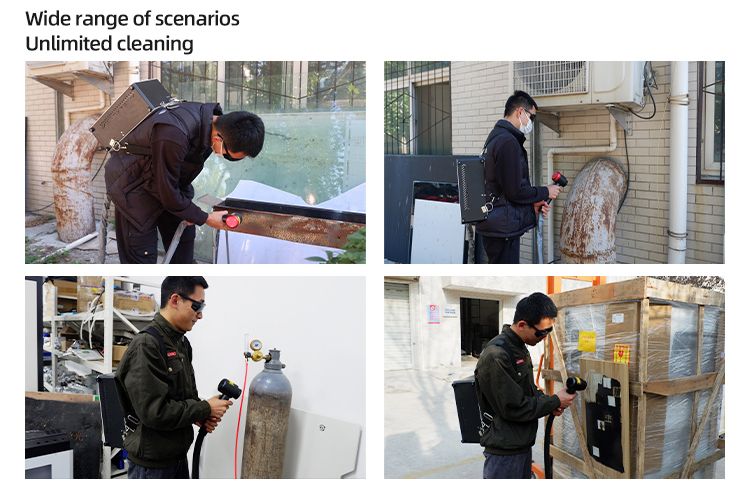
“Clean by laser” has become widely used in many industries. Even handheld laser cleaners are commonly used in public areas. For example, laser cleaning walls, stones, pavers, and stair rails are common.
Today, we will discuss what can be cleaned with a laser, highlighting different materials. We’ll show you some popular laser surface cleaning jobs to make the discussion easier. We hope that by reading this article, you will be aware of the capabilities of this cleaning tech.
What Materials Can Be Laser Cleaned?
You may need to clean things for restoration, care, or preservation. Metal needs rust & paint removal, while wood & stone need restoration. Rubber, plastics, and glass also need cleaning before they are used.
As mentioned, laser cleaning is versatile. This tech can clean many materials. All you need to know is the correct laser parameters for each material type.
1. Laser Metal Cleaning
Laser metal cleaning is trendy in factories, workshops, and many DIY projects. This method can be used for a wide range of applications. That is why it is called versatile cleaning.
You may need laser cleaning in various situations. Some of the everyday situations are:
Laser Rust Removal
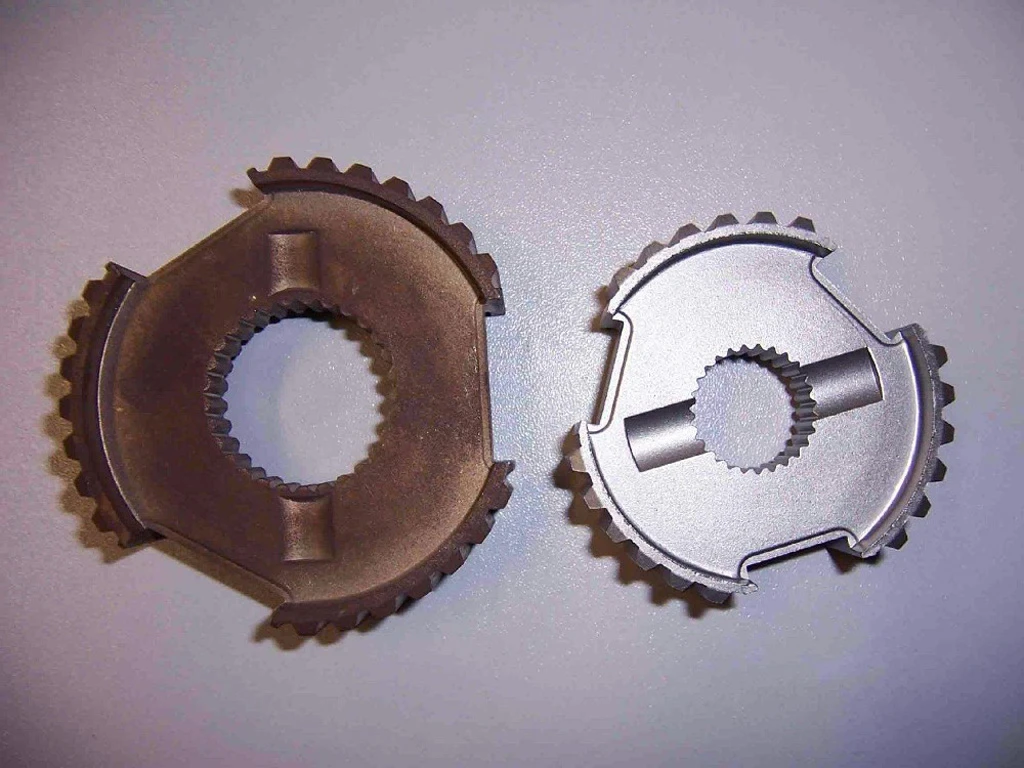
A laser rust cleaner is a safe and reliable tool for removing rust from metal surfaces. It utilizes focused laser beams to vaporize rust without damaging the underlying metal. This non-contact process is particularly ideal for restoring machinery and vehicles.
Laser Paint Stripping
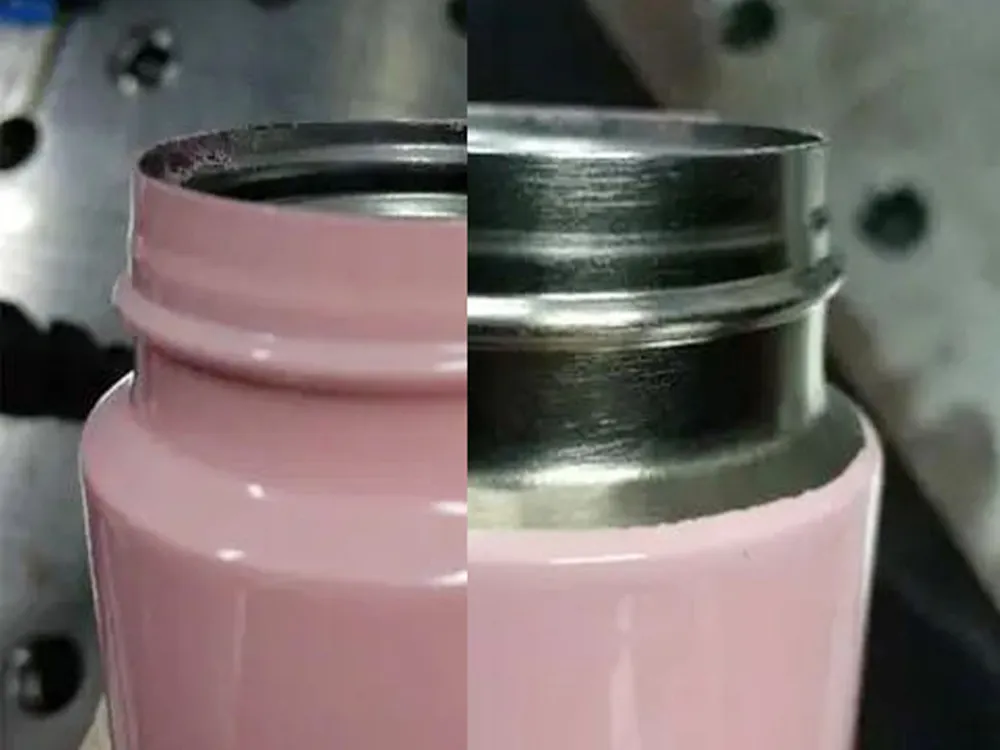
We often paint on metal, wood, or even concrete. Laser paint stripping is an excellent solution for removing these. Laser metal cleaner is used to remove paint layers from metal surfaces. This technique gives accurate results. In the case of metals, laser pain stripping is commonly used in the vehicle and aircraft industries. The use of this technology is also widely observed in marine ship restoration.
Oxide Removal
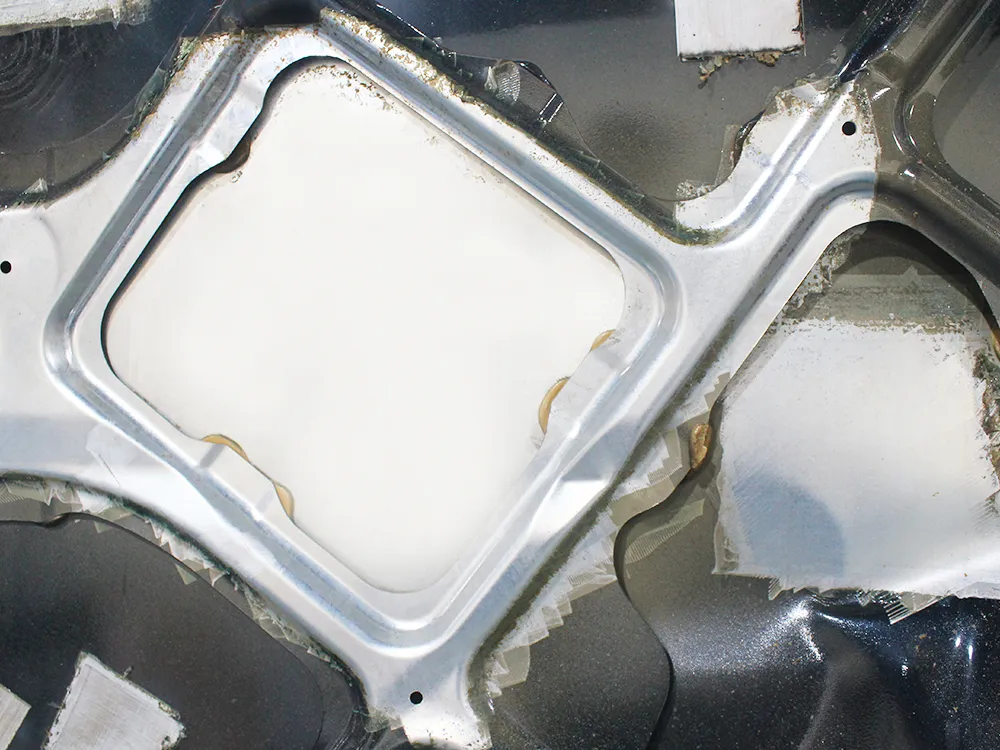
Oxide layers are something else that can happen a lot with metals. You might not know the difference between oxide and rust layers. Rust is an oxide layer that only occurs when the oxygen reacts with iron. However, if the oxygen reacts with other metals, like aluminum, it produces aluminum oxide, which is different.
Surface Preparation
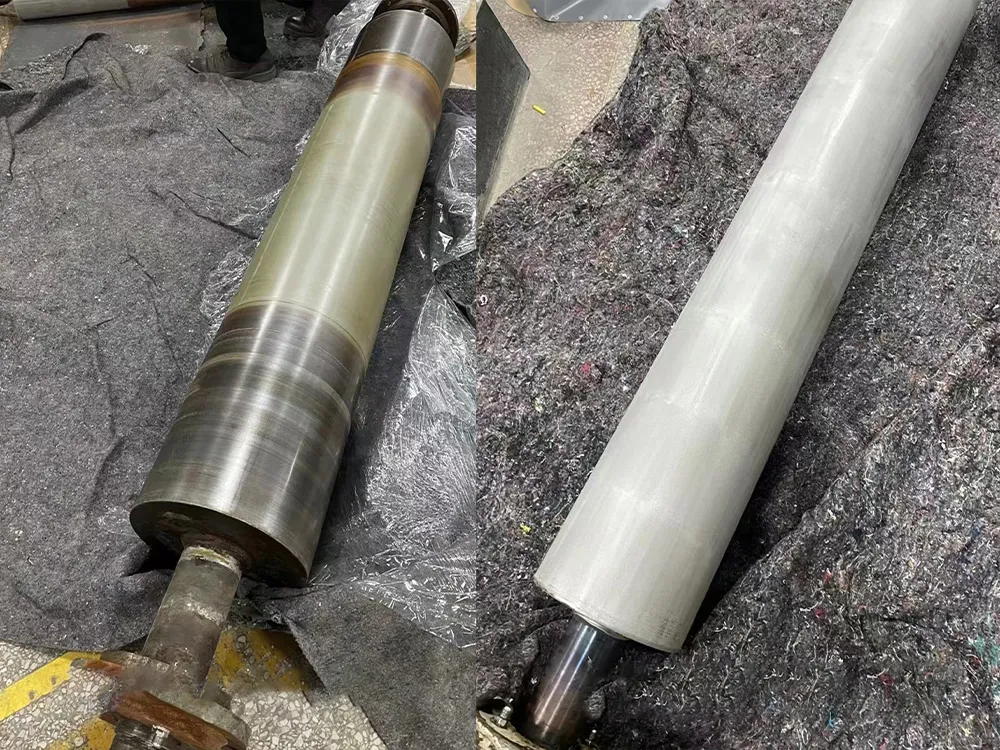
As you know, preparing the surface before applying a coating to metals is always necessary. A laser cleaner for metal surfaces can help a lot here. It cleans the surface by removing oil, rust, and other residues.
2. Laser Cleaning Wood
Laser surface cleaning is suitable for many types of wood. Hardwoods like oak and maple are typical examples. You can also clean softwoods like pine, but must ensure the correct laser settings.
Laser stripping effectively removes dirt, paint, and varnish. This tech can be used to restore antique furniture and artwork.
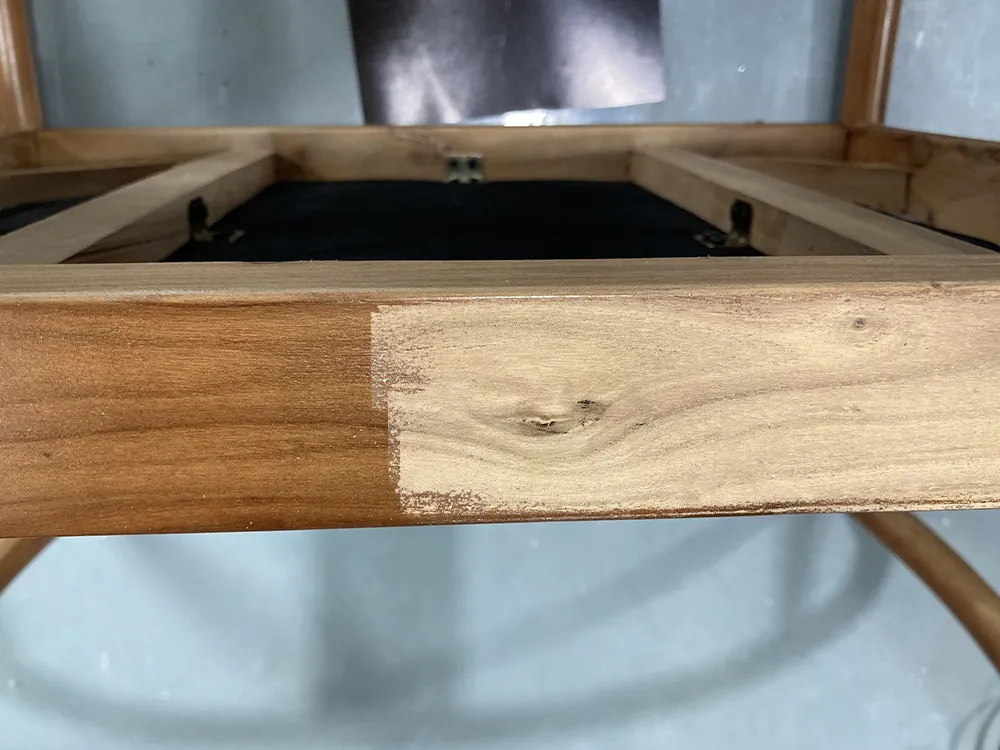
When working with wood, you must ensure the proper laser settings. You can adjust the laser power and speed based on the specific type of wood. Remember, lower power settings are better for delicate surfaces. For the correct laser settings, seek expert assistance.
Precautions are always necessary. For your information, wood can burn if the laser is too strong or misused. Always test on a small area first. Use protective gear to avoid laser exposure. Most importantly, always ensure proper ventilation.
3. Laser Stone Cleaning
Stone or concrete can get stained or covered with biological growth. It is easy to remove these using laser cleaning.
Marble and granite are widely used in monuments and buildings. Over time, these stones can accumulate dirt and graffiti. When you need to clean them, you may need a proper solution. Sandblasting or water blasting may damage the delicate surface.
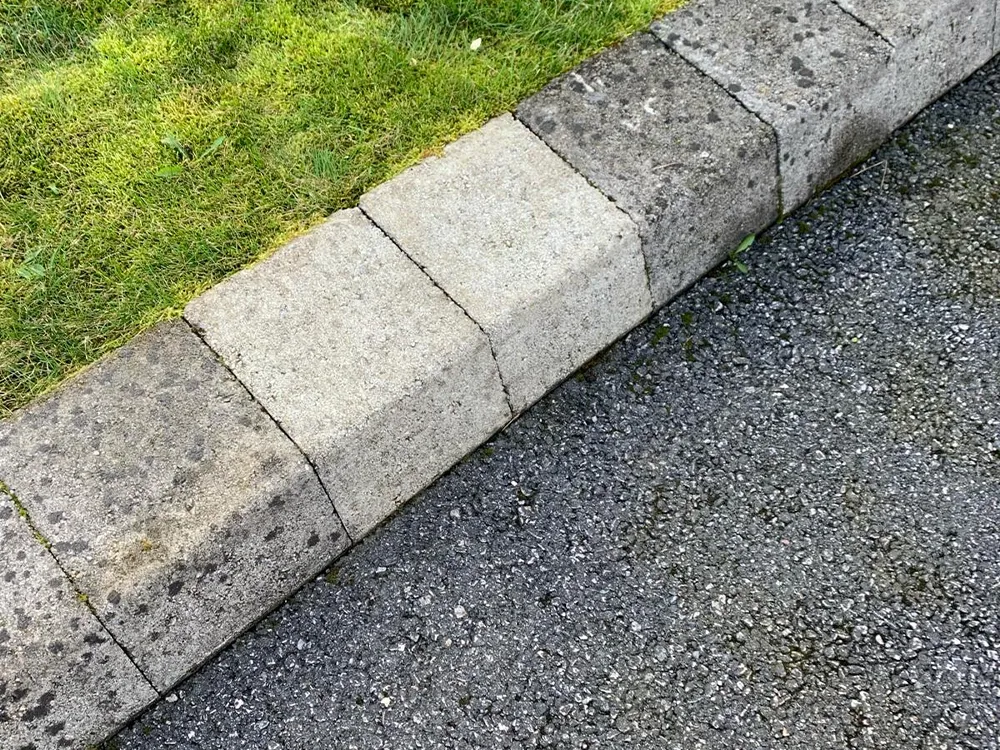
In such a situation, laser cleaning is an ideal solution. As you know, it is a non-contact process that effectively cleans the stone without harming it. It can also reach small cracks and detailed designs to ensure a thorough cleaning. Because of this, laser surface cleaning is prevalent in many stone cleaning jobs.
4. Laser Cleaning Plastic
Laser surface cleaning also works on various types of plastics. Suitable plastics are ABS, PVC, and PET. This method is often used in industrial applications, such as cleaning molds. It can also fix up different plastic parts in electronics and cars.
Laser cleaning is an effective way to clean plastics. However, to prevent damage, the laser settings must be carefully managed. If you don’t adjust the settings right, a few problems may happen. Some common issues are melting, warping, and losing color.
To prevent damage, first select the correct laser type and settings. Next, ensure proper cooling during the process. This is very important for cleaning plastics.
5. Laser Cleaning Glass
As you know, glass is often used in many applications because it is transparent and appealing. We mainly use it in windows for buildings and vehicles. You may also find it in lenses, bottles, and storage jars. Art and decoration often use glass elements, too.
Over time, the glass may lose its transparency and beauty. It can also get dirty, sticky, or contaminated. You may be looking for the best solution to restore its previous look. Sandblasting or mechanical cleaning can affect the quality. Therefore, laser surface cleaning is the best solution here.
Note that not all types of glass are suitable for laser cleaning. Some glass may act differently with laser beams. Therefore, you must assess the glass type before opting for cleaning. For more information, it’s better to seek expert help.
6. Rubber Cleaning by Laser
Laser surface cleaning is also suitable for various types of rubber. It works perfectly on natural and synthetic rubber (EPDM, nitrile, or more). In most cases, this method is used in factories, especially for mold cleaning.
The cleaning process gently removes residue and contaminants from the rubber mold. Since it is a non-contact process, it creates no mechanical damage. You won’t see any surface erosion, too. Even after hundreds of cleaning cycles, the tools remain intact.
Laser cleaning is safe, efficient, and effective for rubber cleaning. It’s a reliable solution for the elastomer industry. However, you must know the correct laser parameters for DIY projects. Note that high laser power can damage the rubber compound.
7. Laser Cleaning Paper
Paper is another very common material in our everyday life. We use it in painting, making books, wedding cards, or other documents.
Like other materials, paper also gets dirty and sticky. As you know, it’s nearly impossible to clean paper using traditional methods. However, laser cleaning is the best way to clean papers without touching them.
Laser surface cleaning makes restoration of old paintings and papers especially easy. This method can also clean paint papers, cards, and hardboards.
This method is accurate and ideal for works with paper. It ensures that the paper remains intact and clean.
8. Ceramic & Porcelain
Ceramics is also a trendy material, and we use it daily. Some everyday ceramic items are pottery, tiles, and sanitary ware. Ceramics can also be found in artwork and historical items.
Laser surface cleaning is an accurate solution for cleaning ceramics and porcelain. It cleans ceramic without damaging the surface.
This method is chemical-free and eco-friendly. It can also reach small cracks and detailed designs.
What Kind of Laser Is Used for Cleaning?
Fiber lasers are commonly used for laser cleaning. They are effective for both metals and non-metals and offer accurate cleaning. Pulse fiber laser cleaners are the best way to clean any material. Safety is always a top priority for HantenCNC laser cleaners.
Is laser cleaning better than sandblasting?
Yes, this method is often better than sandblasting for many reasons. It is non-abrasive, accurate, and can target small areas. In addition, it produces less waste and is eco-friendly. Moreover, laser cleaning is safer than sandblasting and requires less upkeep.
How safe are laser cleaners?
Most of the time, laser cleaners are safe. They don’t need any harmful chemicals and don’t make waste. The fume it creates, residues from the objects, can be ventilated. However, laser blasts can hurt your eyes or burn your skin. Because of this, you should always wear safety gear when dealing with lasers.
Final Thoughts
Laser cleaning is generally a versatile method. It can entirely clean metal, wood, stone, plastics, glass, and paper. As you know, this method can clean these materials without touching them. It can also reach small cracks and detailed designs. You can realize this method can be used for many important jobs.
Anyway, constantly evaluate the material before cleaning it. It will help you identify the correct laser settings for the job.
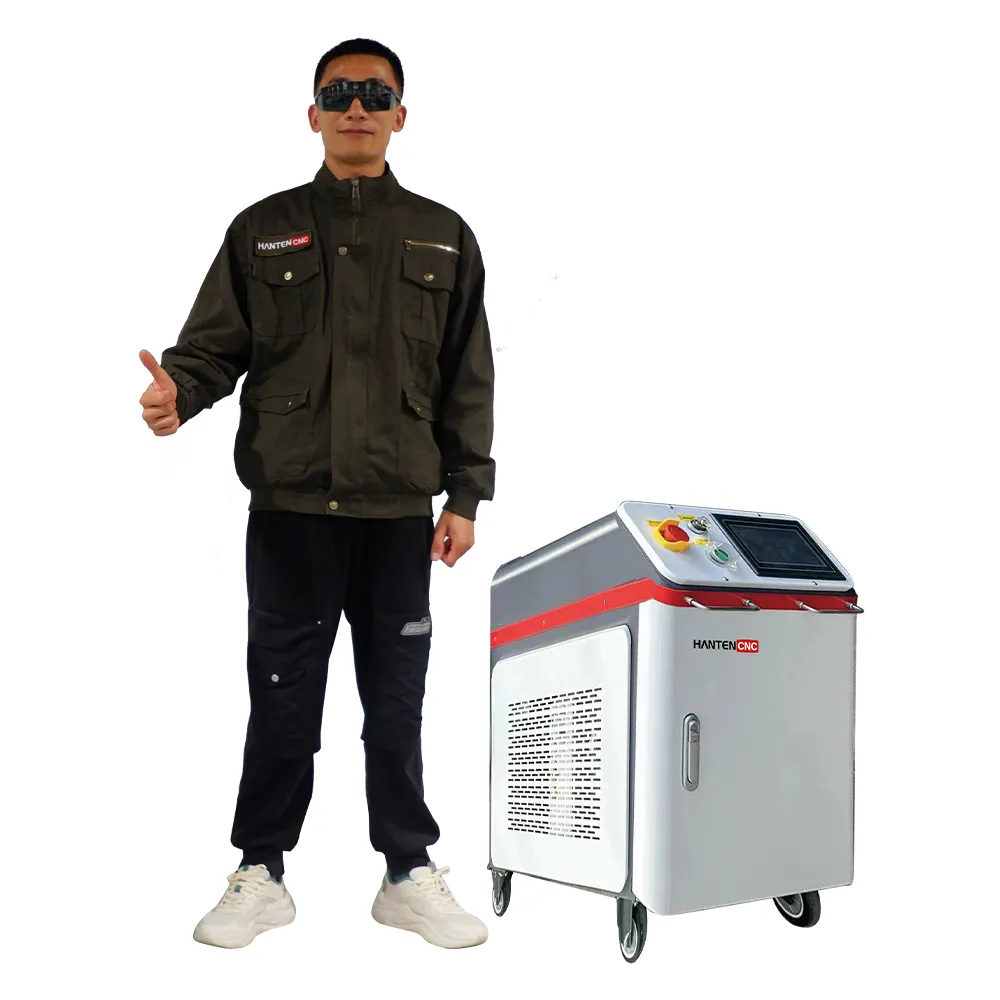
Change the laser’s settings, such as speed, power, and pulse length. These parameters usually depend on the type of material. You can change the settings to fit your cleaning needs.
Feel free to contact us if you have trouble with the laser settings or a laser cleaning device. Our team of experts is always happy to assist you.
